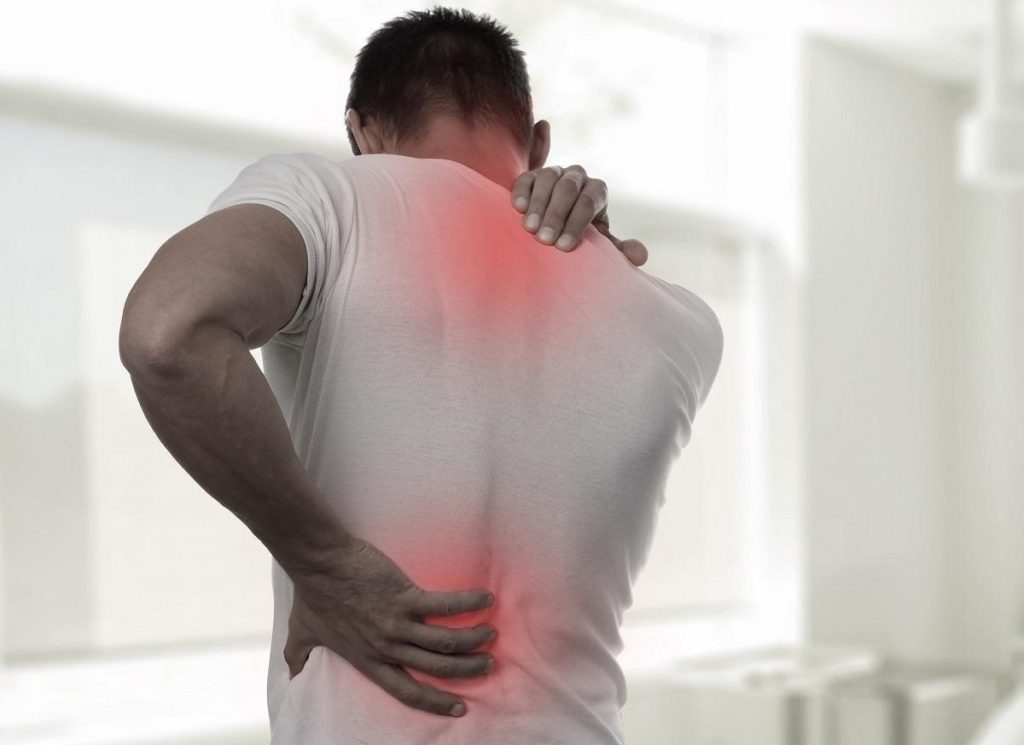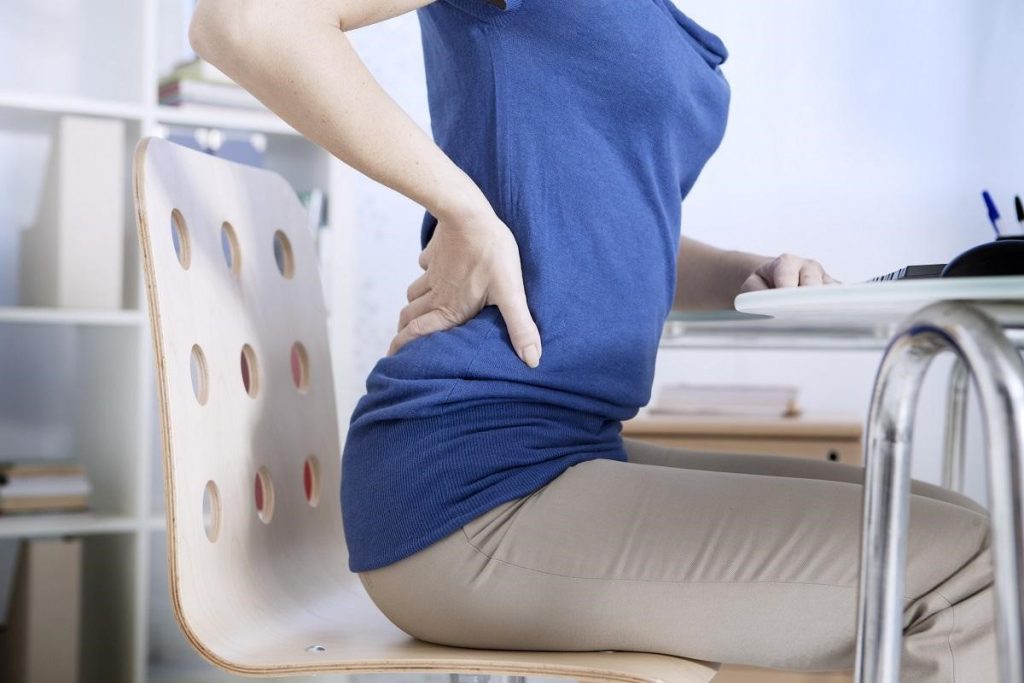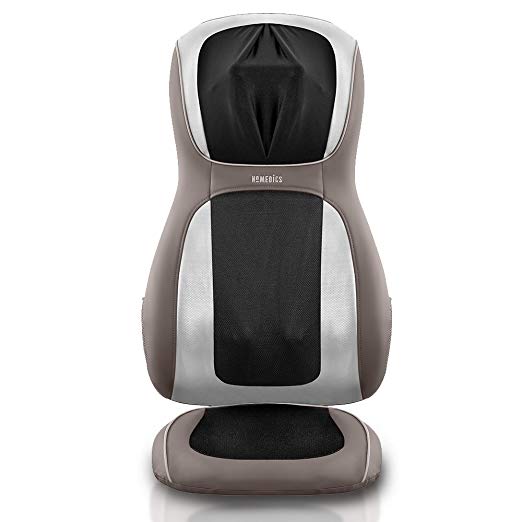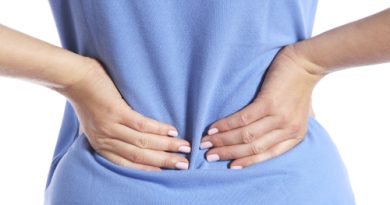Examining the Many Roots of Chronic Back Pain
Chronic back pain can be traced to many sources. Identifying the source of this pain not only would help address the pain at the source but also help patients work toward preventing the problem from ever recurring.
Back pain is the bane of adulthood. As people grow older, the rigors of age seem to catch up on the lower back and back pain finally is accepted almost as an inevitability. What most people do not realize, however, is that back pain is not a natural inevitability. Several factors are known to contribute to the likelihood and intensity of back pain.
Fortunately, people today have plenty of options not only for relief and treatment of back pain but get directions on reducing the likelihood of it recurring. Besides providing a solution to recurrent back problems, a chiropractor in Murray can help the residents of the area pay better attention to the possible source of their pain by recommending exercise programs.
Injuries
Injuries cause most forms of acute back pain. The most common types of injuries are everyday sprains, which come from overexertion. These can often be prevented outright by practicing proper form when lifting heavy objects and through flexibility exercises.
Traumatic injuries, which can result from sport or vehicular accidents, can sometimes leave lasting damage that can trigger much more chronic back pain. This is much more difficult to manage and address effectively.
Other Diseases
Sometimes, diseases play a role in the development of the direct causes of back pain. The most common culprits include inflammatory joint disorders, osteoporosis (which causes weak bones), and kidney stones. In these cases, the underlying disease must be treated for the back pain itself to go away permanently.
Although back pain is rarely a sign of a serious health condition, though the cases where it requires immediate surgical attention. One such condition is cauda equina syndrome, a complication of ruptured disc syndrome that causes a loss of bladder and bowel control; left unaddressed, this could potentially lead to nerve damage.
Muscles Under Pressure
Another contributing factor to back pain is a lack of muscular development within the core. Underdeveloped muscles in both the abdominal and lumbar regions would strain heavily when handling heavy weights without prior conditioning.
A considerable lack of development in one muscle group may force another to compensate. In the case of the core region, poor muscular development in both the back and the abdomen may lead to the muscles of the back overexerting themselves due to the inability of the body to carry the weight in the abdominal regions.
Often, therapists and doctors alike recommend that patients incorporate a muscle development regimen appropriate to their age and fitness level to gradually ease the pressure that the muscles of the back are subjected to. Exercises themselves can, in fact, also provide some relief for more minor forms of back pain.
Poor Posture
Muscular strain in the lumbar region is often part and parcel of postural problems as the body is contorted in a way that doesn’t optimally allow it to carry its weight. Poor posture is caused either by the consequences of a largely sedentary lifestyle or weight problems caused by obesity.
Poor posture is often exacerbated by poor muscular development. This would naturally worsen the ability of the body to move at its full range of motion and force muscle groups to compensate during strenuous physical activity. Too often, poor posture and its associated lack of muscular development can lead to injury during overexertion.
Other postural issues may come from skeletal irregularities such as scoliosis. These irregularities would need to be corrected to manage or completely treat the attendant back pain it causes.





